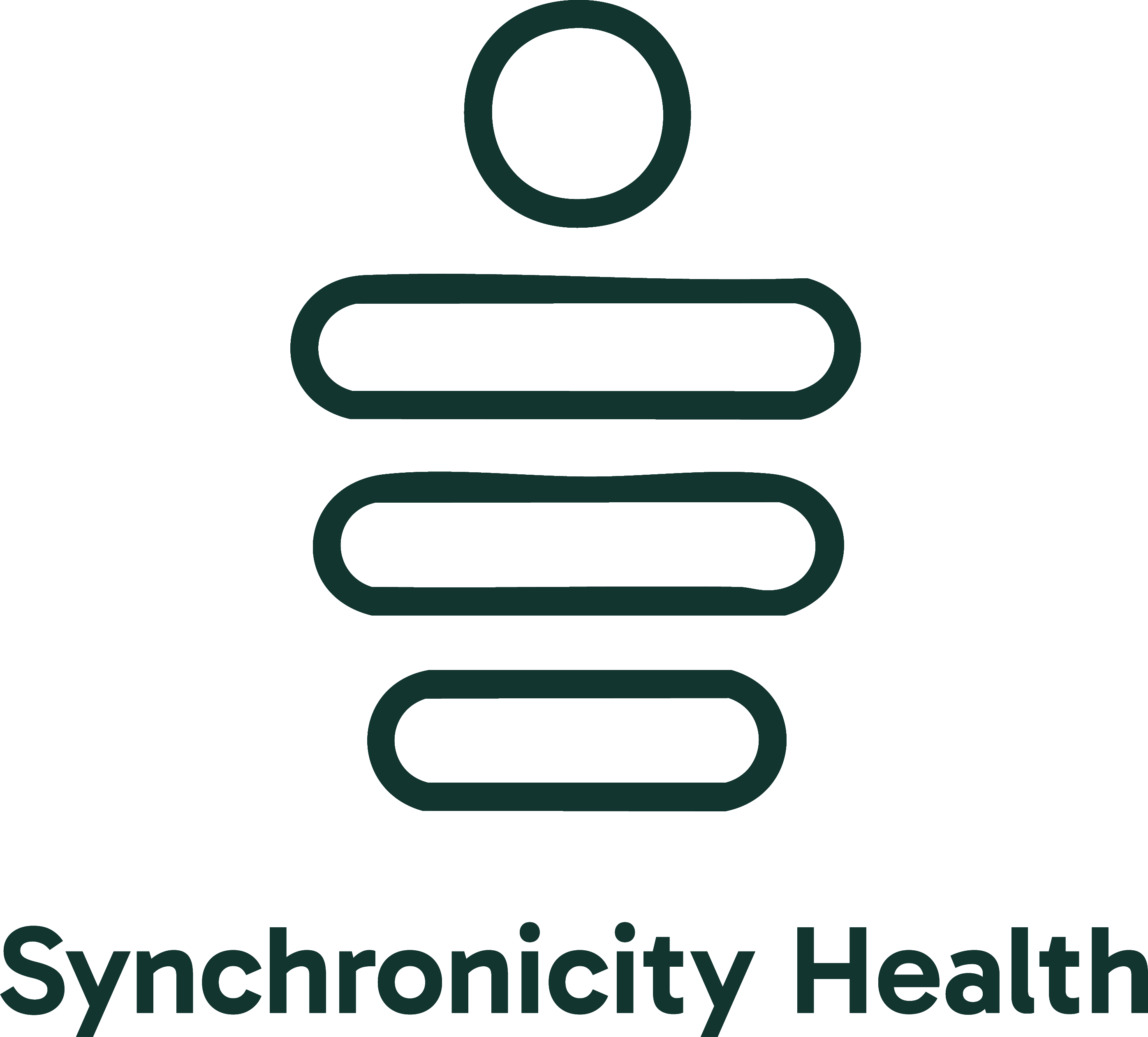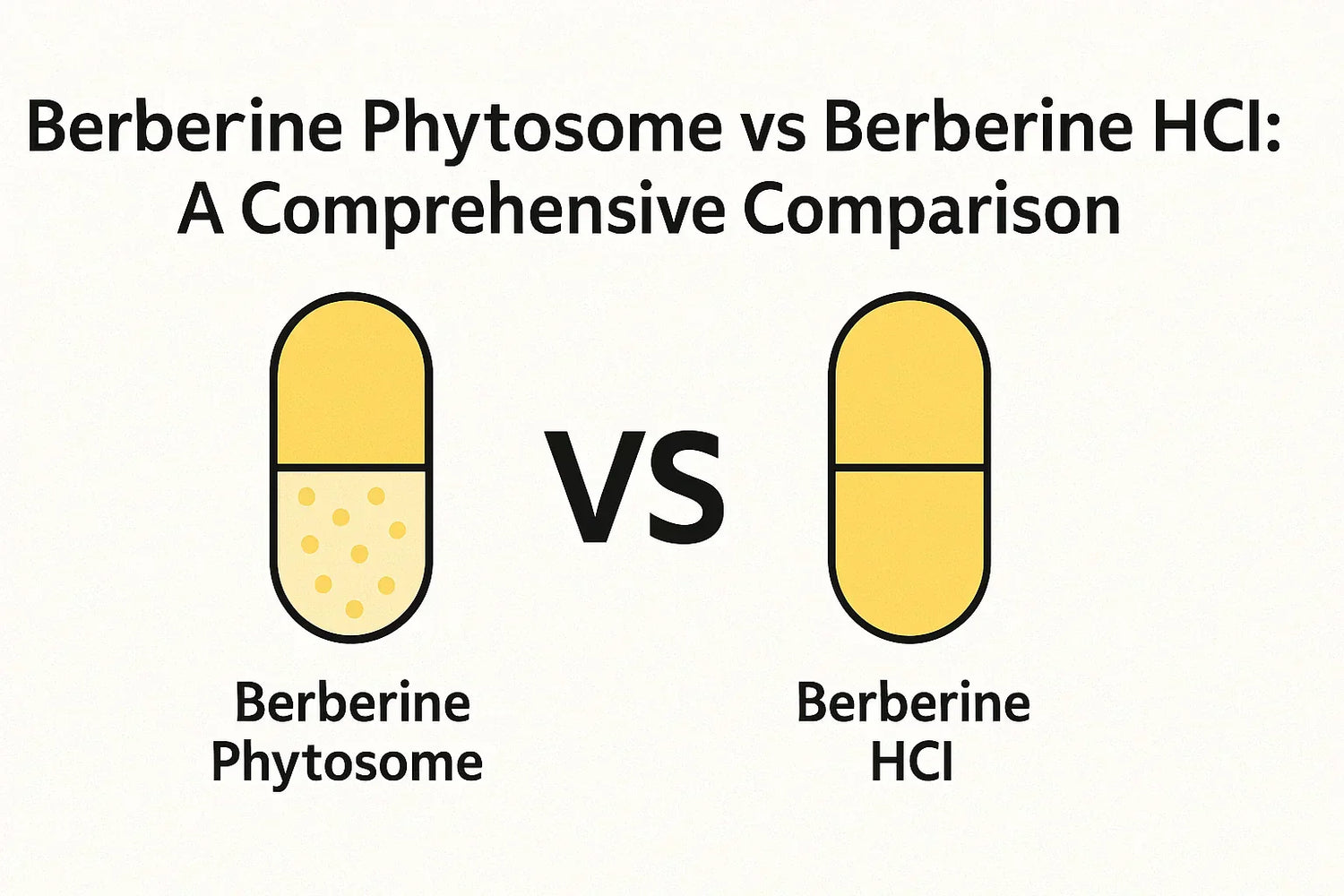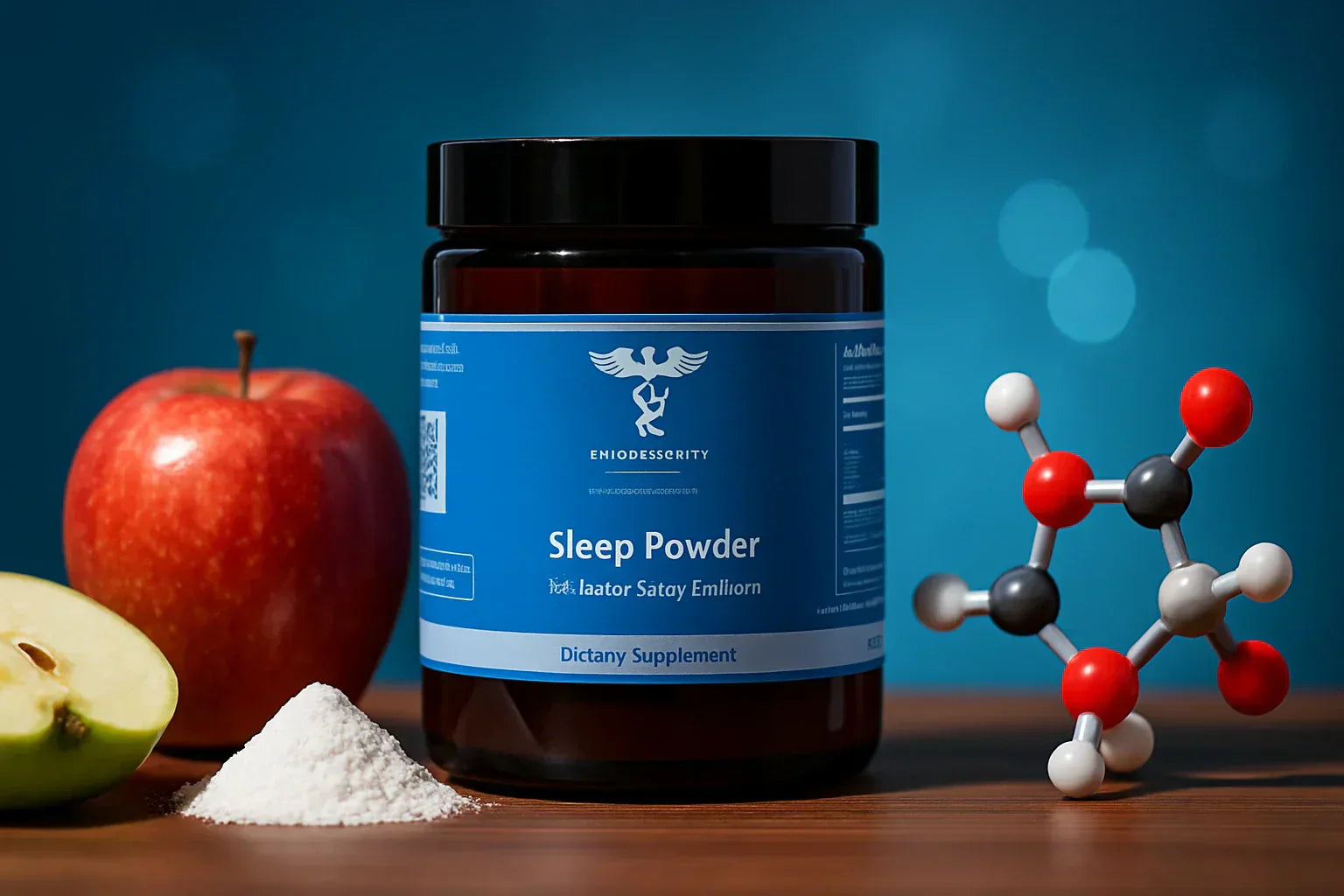Choosing the right berberine supplement for blood sugar support can be challenging with multiple forms available. While berberine phytosome and berberine HCl are popular options, comprehensive blends with Ceylon cinnamon like that offered by us at Synchronicity Health are emerging as superior alternatives for metabolic health.
Understanding the differences between these forms helps you make an informed decision for optimal health outcomes and blood sugar management.
Understanding Berberine: The Metabolic Powerhouse
Berberine is a powerful yellow alkaloid extracted from plants like goldenseal and Oregon grape. This compound activates AMPK (adenosine monophosphate-activated protein kinase), known as the body's "metabolic master switch," which regulates glucose uptake and insulin sensitivity.
Despite its proven benefits, berberine faces significant bioavailability challenges. Only 0.5-5% of oral berberine reaches systemic circulation due to rapid liver metabolism, leading to the development of enhanced delivery methods and synergistic combinations.
Berberine HCl: The Research Foundation
Berberine hydrochloride represents the most studied form with extensive clinical validation. This water-soluble salt form provides stability and has been used in most research demonstrating berberine's effectiveness for blood sugar control, cholesterol management, and weight support.
However, berberine HCl requires higher doses (500-1500mg daily) due to poor absorption. These higher doses can cause gastrointestinal side effects including nausea, diarrhea, and stomach discomfort, making long-term compliance challenging for some users.
Berberine Phytosome: Enhanced Absorption Technology
Berberine phytosome complexes berberine with phospholipids to improve absorption and bioavailability. This technology may achieve 2-3 times higher blood levels compared to standard berberine HCl, potentially allowing for lower effective doses (300-600mg daily).
While promising, berberine phytosome has limited clinical research compared to HCl forms. The higher cost and lack of extensive studies make it less established, despite the theoretical absorption advantages offered by phospholipid complexing.
The Synergistic Advantage: Berberine with Ceylon Cinnamon
Ceylon cinnamon (Cinnamomum verum) works synergistically with berberine through complementary metabolic pathways. While berberine activates AMPK for cellular glucose uptake, Ceylon cinnamon enhances insulin signaling and glucose transporter function.
This combination approach addresses multiple aspects of blood sugar control simultaneously. Research shows berberine-cinnamon combinations can achieve superior glucose management with lower berberine doses, reducing side effects while improving overall effectiveness through multi-pathway support.
Comparative Effectiveness Analysis
Berberine HCl requires higher doses but has extensive clinical backing, while berberine phytosome offers better absorption at a premium price. Comprehensive blends with Ceylon cinnamon provide multi-pathway support with moderate berberine doses and improved tolerance.
Clinical studies suggest that berberine-cinnamon combinations outperform single ingredients for blood sugar management. The synergistic effect allows for lower individual component doses while achieving superior metabolic benefits and better user compliance.
Safety and Tolerability Profiles
All berberine forms share similar safety profiles, with gastrointestinal effects being the primary concern at higher doses. Ceylon cinnamon is safe for long-term use, unlike cassia cinnamon which contains harmful coumarin levels.
Combination formulas typically show improved tolerability due to lower berberine doses required for effectiveness. Users report better compliance and fewer digestive issues with berberine-cinnamon blends compared to high-dose single-ingredient protocols.
Quality and Manufacturing Standards
Quality varies significantly between manufacturers regardless of berberine form. Look for third-party testing, standardized extracts, GMP certification, and complete ingredient disclosure when selecting any berberine supplement.
For combination products, verify authentic Ceylon cinnamon sourcing and evidence-based formulation ratios. Reputable manufacturers provide transparency about ingredient sources, processing methods, and synergy testing to ensure optimal effectiveness.
Making Your Decision: Which Form is Right?
Choose berberine HCl for extensively researched single-ingredient supplementation with proven clinical results. Opt for berberine phytosome if enhanced absorption justifies the higher cost and you prefer lower dosing protocols.
Select berberine with Ceylon cinnamon blends for comprehensive blood sugar support addressing multiple metabolic pathways. This approach offers synergistic benefits, improved tolerance, and cost-effective long-term supplementation with growing clinical evidence supporting combination therapy.
Integration with Lifestyle Factors
Take berberine supplements with meals to optimize absorption and minimize digestive side effects. Combine supplementation with regular physical activity and a balanced diet emphasizing whole foods for maximum metabolic benefits.
Consistency is key for long-term success. Choose a berberine approach you can maintain regularly, whether single-ingredient or combination formulas, and monitor blood sugar levels to track effectiveness and adjust as needed.
Conclusion
The choice between berberine forms depends on your individual needs, budget, and health goals. While single-ingredient options have merit, emerging research supports berberine combinations with Ceylon cinnamon for superior metabolic support.
For comprehensive blood sugar management, our high-quality berberine blend with Ceylon cinnamon offers multi-pathway support, improved tolerance, and enhanced effectiveness. This synergistic approach represents the evolution of berberine supplementation for optimal metabolic health outcomes. To learn more or get personalized guidance, contact us at Synchronicity Health today.
Frequently Asked Questions
What is the best form of berberine to take?
Berberine phytosome absorbs 5–9.6× better than berberine HCl, making it effective at lower doses. For broad metabolic support, blends with synergistic ingredients like Ceylon cinnamon often deliver better overall results.
What is the main difference between berberine phytosome and berberine HCl?
The key difference is bioavailability. Phytosome uses phospholipids for 5–9.6× higher absorption, while HCl is the traditional form with lower uptake.
What is the purpose of berberine phytosome?
It was developed to improve berberine absorption and reduce digestive side effects by binding the compound to phospholipids for better delivery.
Why don’t some doctors recommend berberine?
Some are unfamiliar with the research or prefer FDA-approved drugs, though many integrative doctors use berberine for blood sugar support.
Which form is better for blood sugar?
Both help regulate blood sugar, but phytosome may work better at lower doses. Blends with other supportive nutrients often have the strongest effect.





Laisser un commentaire
Tous les commentaires sont modérés avant d'être publiés.
Ce site est protégé par hCaptcha, et la Politique de confidentialité et les Conditions de service de hCaptcha s’appliquent.